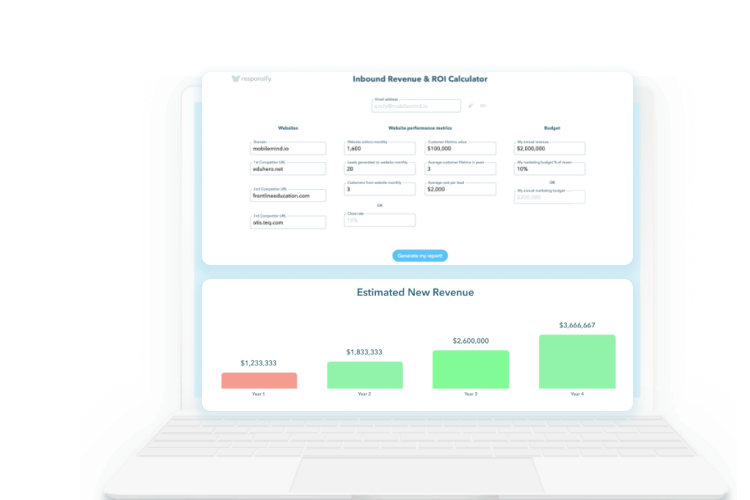 505 views
505 views 6519 Views
6519 Views  4 min read
4 min readThe biggest goal of any B2B Software company CEO or Director is to expand your software business. A reliable marketing and sales strategy is one of the best ways to grow any company. Traditional marketing involves spending a lot of money on print ads and marketing. It also involved cold-calling and making generic sales pitches to people who might not even be interested. Key influencers and decision-makers don’t always respond to this. Over the years, more effective methods for expanding your software business have formed—the “Inbound Methodology.” This marketing and sales strategy concentrates on bringing in leads online and transforming them into clients using informative, relevant content and nurturing methods.
Growing your organization will require a comprehensive understanding of your ideal customers. This could change a bit as your company grows and changes. Take time to produce buyer personas of your optimal clients. This should be an extensive exercise, but on a foundational level, ask yourself:
Once your B2B company’s target audience is clear, your marketing and sales teams play a crucial role in creating content to nurture your leads and expand your software business. Their collaborative efforts are integral to the success of your inbound methodology strategy.
Without a goal, it’s hard to score. Establishing clear objectives that you want to reach in a certain period of time is important. For instance, you can set a goal to bring in 300 leads in the next six months. This translates to 50 leads each month, or ten leads a week. Similarly, you should set goals around the number of clients you want to acquire your revenue. Monitoring your progress and making adjustments as necessary will keep your organization focused on its growth objectives.
An effective content strategy will help you bring in site visitors and convert them to leads. You must guarantee that the content your marketing and sales teams create is aligned with the phases of the Buyer’s Journey: Awareness, Consideration, and Decision. Prospective customers in the Awareness Phase are just starting to recognize that they have a need or trouble. Content in this phase should offer information to help your prospective clients without being a sales pitch. Blogs, videos, and infographics are great for this phase. A State of Marketing report found
According to research by GE Capital Retail Bank,
Engaging and enhanced content will not immediately bring in swarms of site visitors. You need to advertise your content to produce good web traffic. Share links to content on your social media networks. Premium content like eBooks and whitepapers can be sent to your email list. Targeted social media marketing can also be an effective means of advertising your content.
According to HubSpot, marketing automation is using software to automate marketing procedures like project monitoring, customer information management, and segmentation. Use of marketing automation will let you more quickly do the things formerly done manually. You can choose from a variety of marketing automation systems like Marketo, MailChimp, GetResponse, HubSpot, and Eloqua. Many systems offer great features like Lead nurturing, site visitor monitoring, CRM, social media, and analytics. Using automation will help you enhance your marketing, save you time, and increase your revenue.
It’s important to create great content. It’s also critical to plan effective lead nurturing. But, if you have a marketing team and sales teams with differing objectives, you will have some trouble. That’s where ‘smarketing’ comes in. As a manager of all tasks, it’s a good idea to hold regular meetings with your marketing and sales teams to help them update each other with new information, go over goals, and get on the same page. Make sure they are working together by offering motivations that benefit both groups. Let’s explore more on how to get the first 100 users and how to keep growing your SaaS user base and have your sales and marketing teams work together. . .
Expanding a software business involves strategic planning, understanding market trends, and leveraging various growth avenues. By adopting Inbound Marketing and sales, you’re not just implementing growth techniques, you’re unlocking the potential to scale your organization and achieve greater success. We’ve helped many CEOs and directors integrate Inbound into their marketing and sales processes. Don’t hesitate to schedule a free strategy session. In this session, you can expect to learn more about your competitors, understand domain authority to help increase Google rankings, and review your current methods and find new ways to grow your company.
